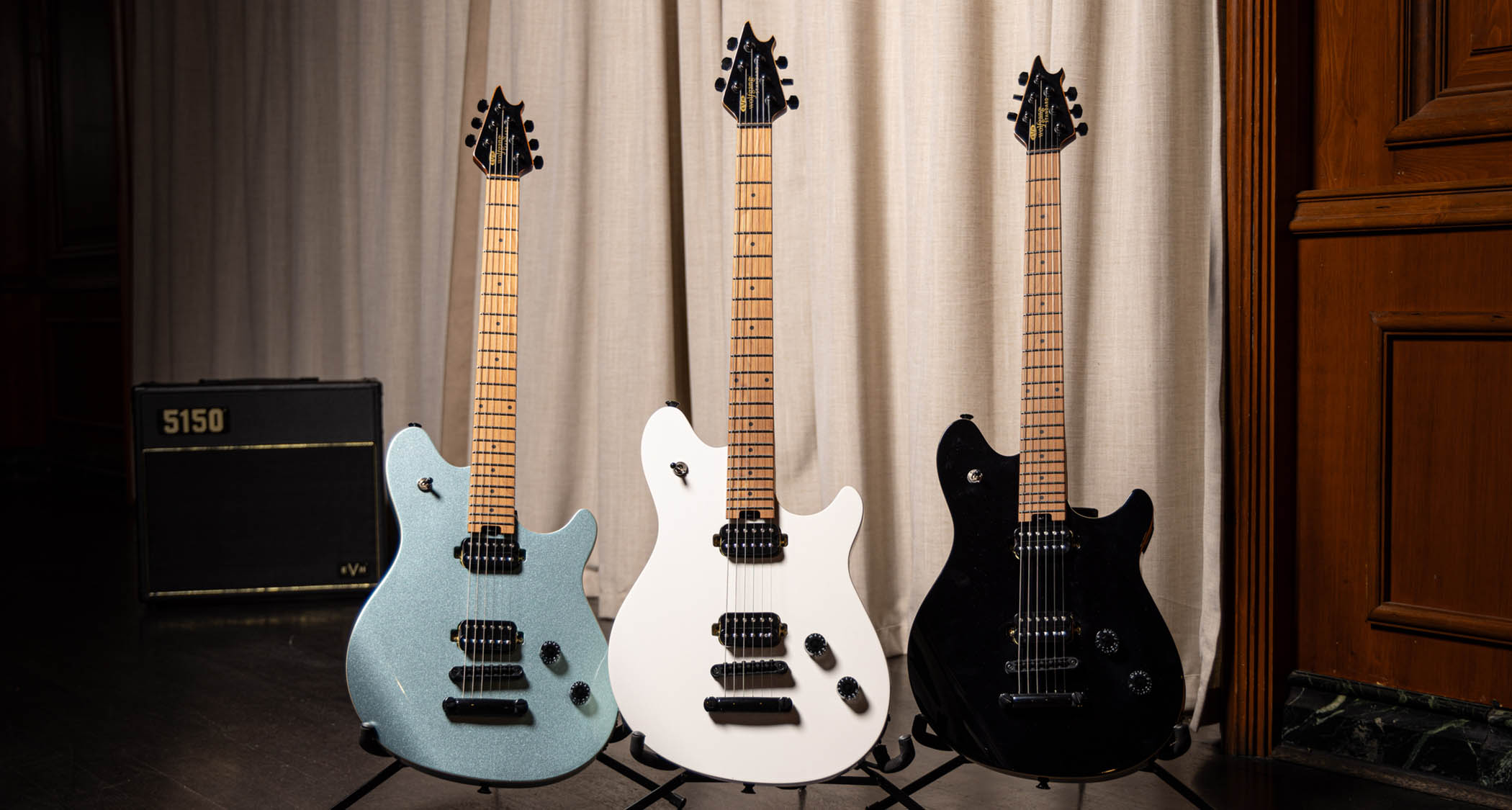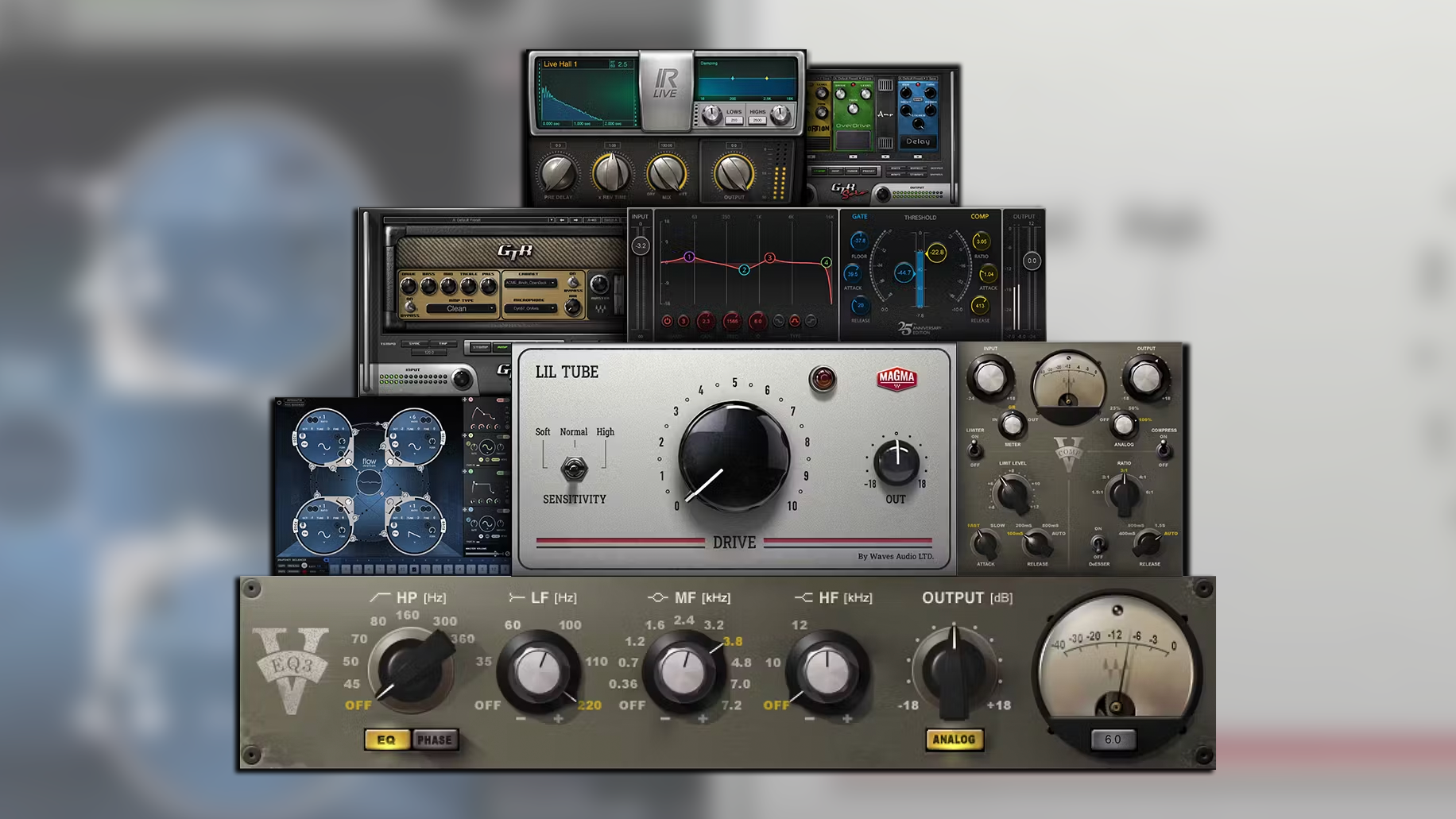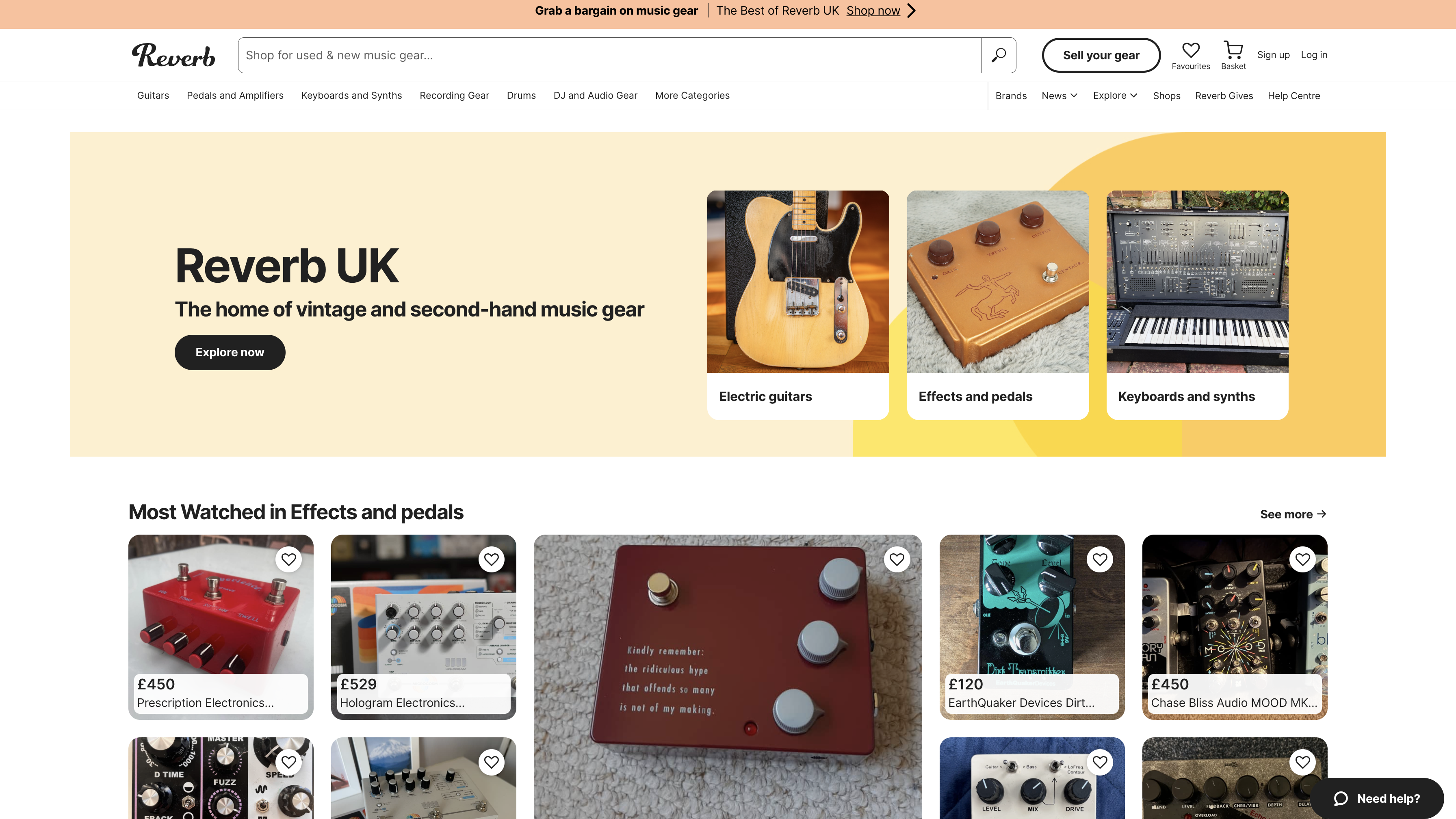NAMM 2025: “Guitarists can fully capture the essence of their favorite guitar gear without owning the physical hardware” – Has Mooer captured the amp profiling market with the GS1000?
Mooer Audio harnesses the power of AI and its MNRS profiling tech to take on on Neural DSP, Kemper and IK Multimedia head-on
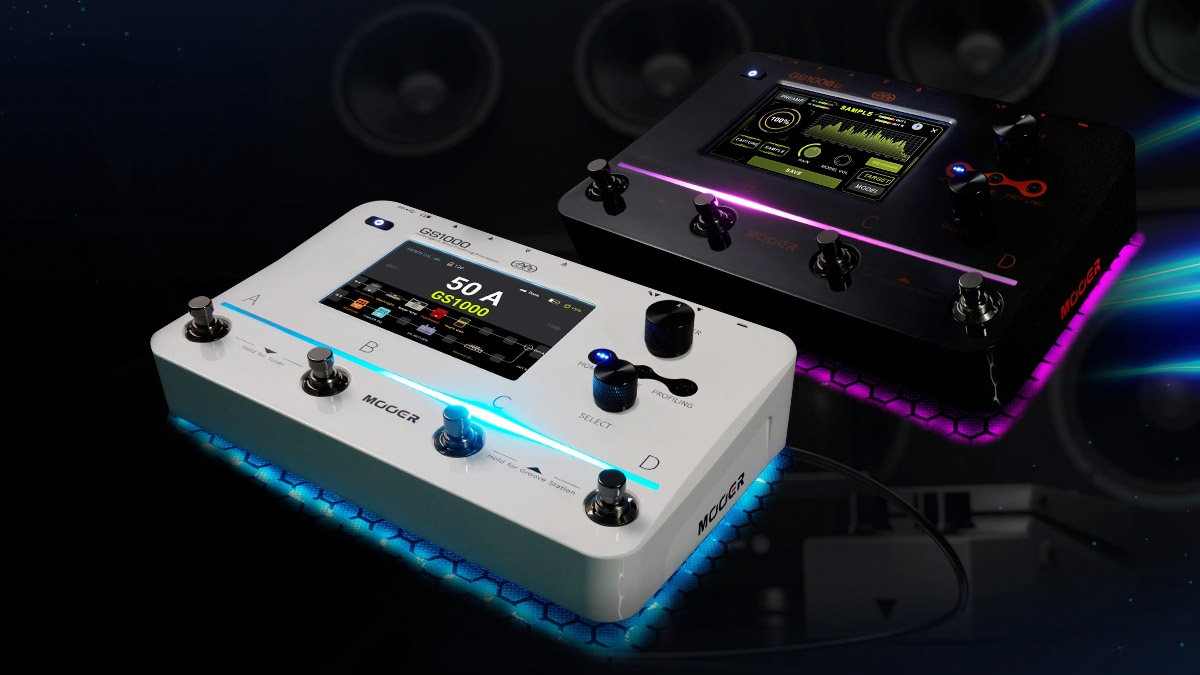
NAMM 2025: Mooer Audio might have just blown the market for amp modellers and profilers wide open with the launch of its new flagship unit, the GS1000 Intelligent Amp Profiling Processor.
Embedded with its MNRS 2.0 tech, with AI-enabled EQ and a 5” touchscreen, this compact little unit looks set to offer stiff competition to industry leading units from the likes of Kemper, Neural DSP and IK Multimedia, enabling players to “fully capture the essence of their favourite guitar gear without owning the physical hardware” and offering storage for a generous 120 sampling profiles.
The GS1000 is eminently expandable, compatible with third-party IRs, with the Chinese guitar gear specialist promising “studio-grade” sound quality.
And it goes without saying there is an embarrassment of riches when it comes to effects, shipping with over 350 effects models and the capability to save these down and group into “sub-patches”.
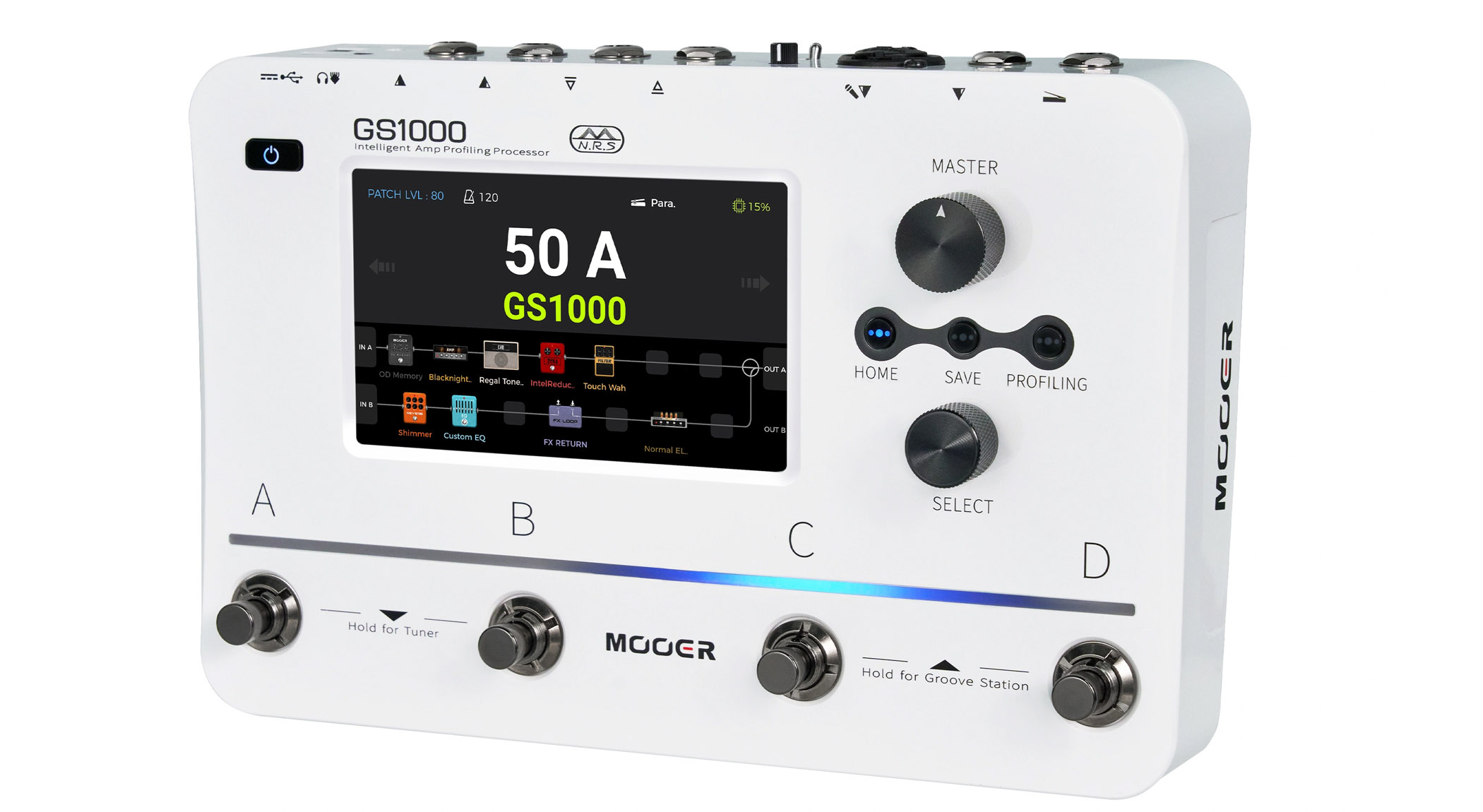
But why Intelligent Amp Profiling Processor? Maybe that’s Mooer referencing the AI EQ Master, which listens to your playing to make “intelligent adjustments in real-time” that fine-tunes the tone to the player’s style – EQ tweaks that can also be made manually.
The GS1000 can also be run in Groove Station mode, with a drum machine and looper comprising 56 different virtual drum kits and a 480-second maximum looping time.
“Overall, the Groove Station acts as an all-in-one suite for creating full arrangements, without having to depend on additional backing tracks or bandmates,” reads the Mooer Audio blurb. There are four metronome types, infinite overdubs, and a plethora of ways you can synchronise your playing to the loops and beats.
Get the MusicRadar Newsletter
Want all the hottest music and gear news, reviews, deals, features and more, direct to your inbox? Sign up here.
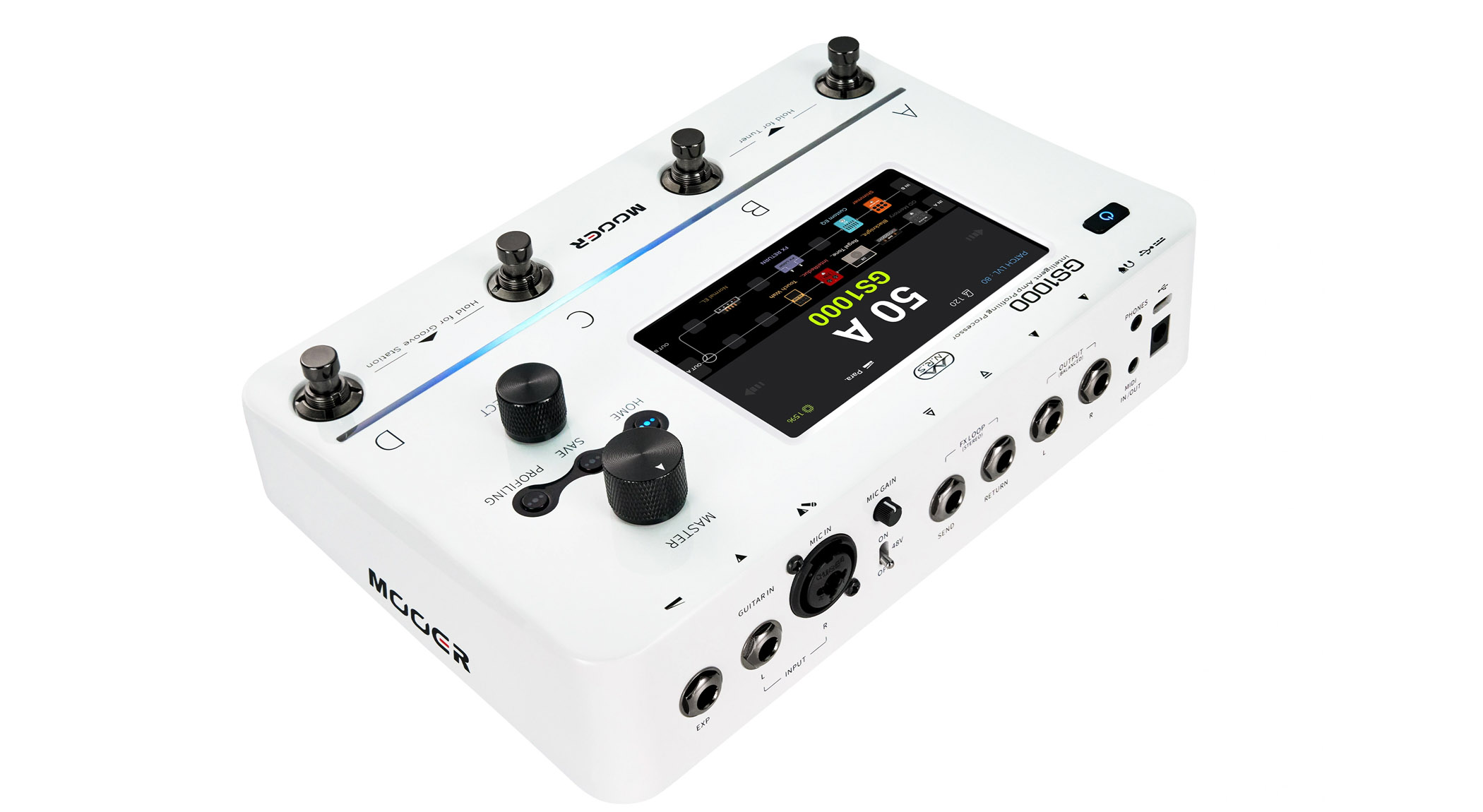
The GS1000 uses the same dual-chain effects architecture from previous modellers and guitar multi-effects units in the Mooer lineup. It is designed to present players with a lot of options for setting this up just how they like it, with four multi-function footswitches and the aforementioned 5” touchscreen for easier editing.
You have options around the back of the unit, too. There is an expression pedal input. It can be hooked up to the wireless F4 footswitch (sold separately). Available in two version, in white and black, with the latter equipped with a lithium-ion battery for up to six hours of wireless performance (a boon for buskers etc).

The spec list is mightily impressive for a unit that retails for under 500 bucks. UK list price is £449 (approx $549).
You can share electric guitar tones with the Mooer Audio user community; the GS1000 is fully compatible to work with the Mooer Cloud app.
"Essentially, this cloud integration facilitates infinite upload and download possibilities, giving users access to a global community of shared tones, widely expanding the number of accessible tones," says Mooer.
Other key features include MIDI connectivity, an effects loop that can be set up in series or parallel, Bluetooth for external audio, a low-latency ASIO 2-in/2-out USB sound card, and a USB-C port for managing your sounds via your laptop.
There are a pair of balanced TRS stereo outputs, a 1/4”/XLR mic combo input, and a headphones output for silent practice and monitoring… And, well that’s a lot to be getting on with.
For more details, head over to Mooer Audio.
Jonathan Horsley has been writing about guitars and guitar culture since 2005, playing them since 1990, and regularly contributes to MusicRadar, Total Guitar and Guitar World. He uses Jazz III nylon picks, 10s during the week, 9s at the weekend, and shamefully still struggles with rhythm figure one of Van Halen’s Panama.
“It’s honestly got me thinking hard about adding one to my own studio set up”: Two Notes Reload II review
“Gloriously adorned with a gold edge burst finish over a gold paisley and sparkle top”: Gretsch unveils the Paisley Penguin – a rare bird that growls – and the Honey Dipper Special, a resonator for all your roots rock manoeuvres


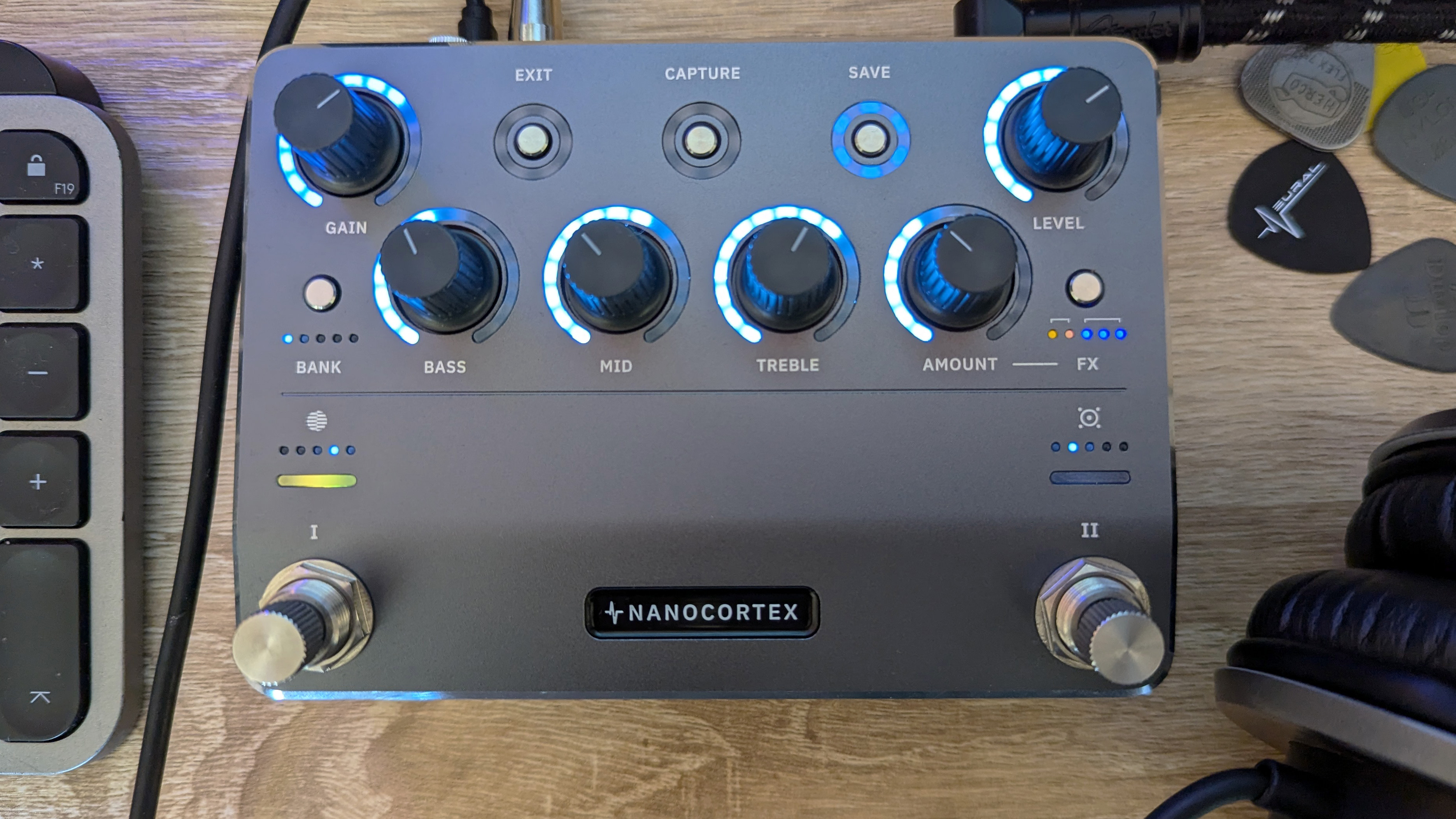
![Gretsch Limited Edition Paisley Penguin [left] and Honey Dipper Resonator: the Penguin dresses the famous singlecut in gold sparkle with a Paisley Pattern graphic, while the 99 per cent aluminium Honey Dipper makes a welcome return to the lineup.](https://cdn.mos.cms.futurecdn.net/BgZycMYFMAgTErT4DdsgbG.jpg)
